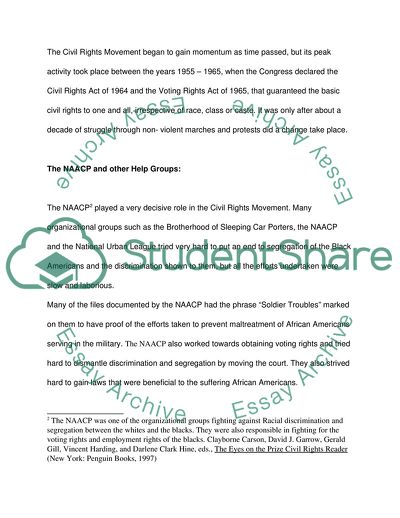Cite this document
(The Civil Rights Movement Case Study Example | Topics and Well Written Essays - 2250 words, n.d.)
The Civil Rights Movement Case Study Example | Topics and Well Written Essays - 2250 words. https://studentshare.org/politics/1715287-the-civil-rights-movement
The Civil Rights Movement Case Study Example | Topics and Well Written Essays - 2250 words. https://studentshare.org/politics/1715287-the-civil-rights-movement
(The Civil Rights Movement Case Study Example | Topics and Well Written Essays - 2250 Words)
The Civil Rights Movement Case Study Example | Topics and Well Written Essays - 2250 Words. https://studentshare.org/politics/1715287-the-civil-rights-movement.
The Civil Rights Movement Case Study Example | Topics and Well Written Essays - 2250 Words. https://studentshare.org/politics/1715287-the-civil-rights-movement.
“The Civil Rights Movement Case Study Example | Topics and Well Written Essays - 2250 Words”. https://studentshare.org/politics/1715287-the-civil-rights-movement.


